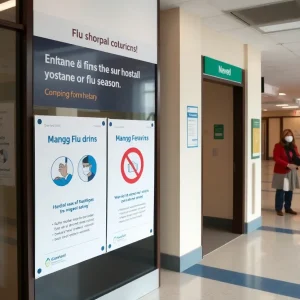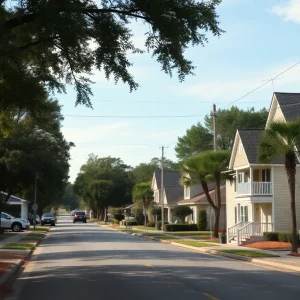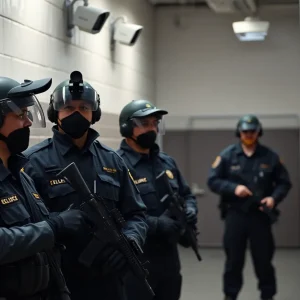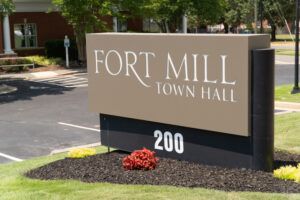Greenwood, South Carolina’s Murder Mystery: A Story of Data Missteps
Greenwood, a charming small town located in South Carolina, made headlines for an unexpected and grim reason in 2022. With a population of around 22,000, Greenwood allegedly reported an eye-popping 58 murders in 2022, marking the city’s murder rate as the highest in America. Far exceeding cities with historically high crime rates like Birmingham and New Orleans, Greenwood’s numbers seemed to suggest a spike unprecedented for the area. But did Greenwood truly see such a surge in violence, or is there more to the story?
Exploring the Report: Did Greenwood Really See This Much Violence?
At first glance, the numbers were startling. For a city of Greenwood’s size, 58 murders in a single year seemed not only tragic but statistically improbable. A closer investigation reveals that the source of confusion lay within the state’s Unified Crime Reporting (UCR) program. According to South Carolina’s UCR, Greenwood reported 29 homicides in 2022.
Interestingly, the town registered 14 of these murders in July alone. However, diligent searches in local news articles only confirmed one significant incident: the shooting of a 29-year-old mother. What about the rest? Surely, a sequence of such devastating incidents would saturate local news and conversation. However, they were conspicuously absent.
Unraveling the Data Tangle: A Case of Misreporting?
One major discrepancy arose from the fact that many of the recorded murders included incidents involving multiple victims, which didn’t align with available reports. Curiously, many of these reports had identical victim ages, suggesting a repetition error. The documented data from the Gun Violence Archive corroborated only one murder for that July.
Additionally, significant misclassification might have occurred. The FBI’s guidelines rest on precise coding of violent incidents. For example, a pregnant woman who lost her child due to gunfire was counted as a separate murder, though technically, it should fall under attempted murder or aggravated assault.
The Broader Picture: Implications for Crime Data Consumers
What do these errors mean for those who rely on crime data?
- Accuracy Matters: Even when data is published by the FBI or local agencies, there can be inaccuracies. This instance with Greenwood highlights that published data might not always reflect reality.
- Importance of Data Input: Getting accurate data in the system relies heavily on precise data entry by individuals. With the shift to the National Incident-Based Reporting System (NIBRS), meticulous attention to detail becomes even more crucial.
- Cross-Verification is Key: For citizens and stakeholders, it’s crucial to cross-check unusual statistical deviations with multiple data sources. Is an aberration genuinely a trend, or merely a data glitch?
A Word of Caution: The Need for Disclosure
The saga of Greenwood indicates a deeper problem within the system of reported crimes. Perhaps it’s time to adopt a culture of transparency, where crime statistics, especially when showing radical fluctuations, are released with disclaimers.
Beyond just Greenwood, the larger story serves as a reminder of the complexities and potential pitfalls in gathering data on crimes. As many experts advocate for, it’s essential that such data be approached with caution, questioning notable highs and lows, and certainly pondering the methods behind collection and reporting.
By understanding and acknowledging potential errors, the American public, policymakers, and analysts can make informed decisions rooted in truth, avoiding the pitfalls of reliance on potentially flawed data.




























